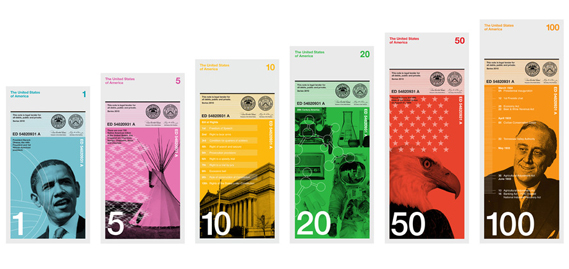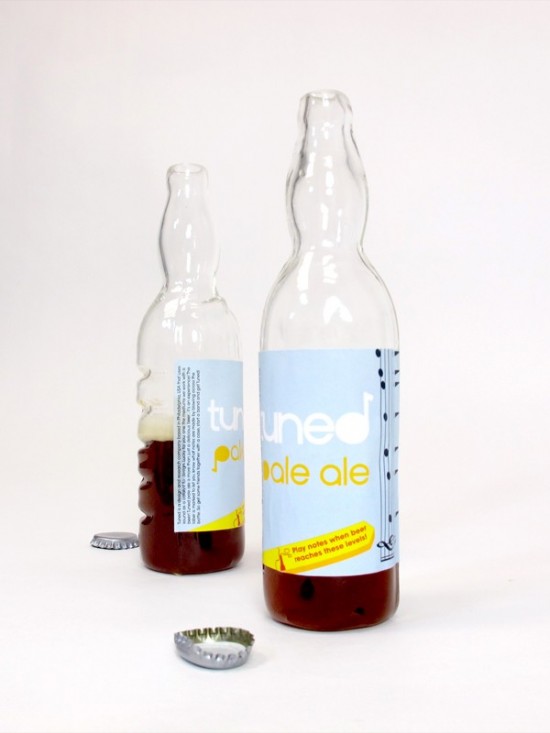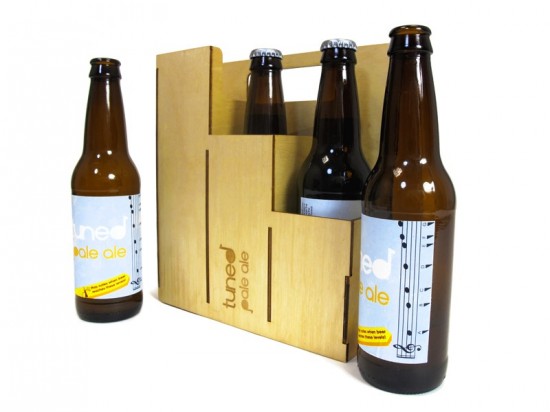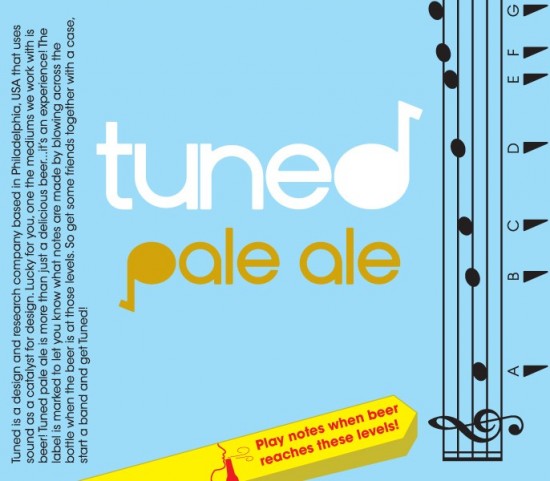Designs on your money: from CR blog

The work of 'communists' or 'tea-drinking fancy pants Limeys'? The reaction to studio
Dowling Duncan's submission to the Dollar ReDe$ign Project proves that even speculative work on currency design is guaranteed to provoke strong opinion...
The studio's designs for the $1, $5, $10, $20, $50 and $100 bills were submitted earlier this month to the
Dollar ReDe$ign Project, the ongoing open submissions scheme organised by New York designer Richard Smith to rebrand the US dollar.

But Dowling Duncan's designs, where each image directly relates to the value of each note, have put a fair few Republican noses out of joint – see
here and
here, for example – with some bloggers annoyed at British interference (despite the fact that the company is a bipartite studio with offices in Newark, England and San Francisco).


Aside from featuring the five biggest native American tribes ($5); the first 10 amendments (aka the Bill of Rights) to the US Constitution ($10); the 50 States ($50); and highlights from 20th Century America ($20); the designs proving the most controversial are, understandably, those with a more political bent.
Dowling Duncan's proposal for the $1 bill features President Obama (the link to the note's denomination is through Obama being the 'first' African American president). And the $100 note acknowledges President Franklin Delano Roosevelt's first 100 days in office, where his passing of unprecedented legislation attempted to combat the effects of the Great Depression during the first half of 1933.
Did the studio expect the designs to generate such a reaction? 'No, not really,' the designers maintain. 'We wanted to challenge people's perceptions about what the dollar should be or could be, but putting Obama on the $1 bill seems to be the major talking point.
'The general feedback about the design and content has been great, but there have been some who have reacted badly to it all. We appreciate people being extremely passionate about this and to change something which has been around for a such a long period of time takes some getting used to... We've had direct emails from people voicing their dismay and disappointment and messages left on our studio answer machine from people saying they would rather leave the States if our notes ever saw the light of day. The reaction personally towards Obama has taken us a bit by surprise.'
The set of six notes is unashamedly celebratory: the $20 bill celebrates 20th century America and features Buzz Aldrin, the grille of an old Ford, an early radio, for example. But, while speculative, clearly the other ‘achievements' aren't to everyone's taste.
 'When we researched how notes are used we realised people tend to handle and deal with money vertically rather than horizontally,' Dowling Duncan explain. 'You tend to hold a wallet or purse vertically when searching for notes. The majority of people hand over notes vertically when making purchases. All machines accept notes vertically. Therefore a vertical note makes more sense.'
'When we researched how notes are used we realised people tend to handle and deal with money vertically rather than horizontally,' Dowling Duncan explain. 'You tend to hold a wallet or purse vertically when searching for notes. The majority of people hand over notes vertically when making purchases. All machines accept notes vertically. Therefore a vertical note makes more sense.'
Dowling Duncan's notes are also sized more like the Euro (the bigger the note the higher its value) and while the Greenback also currently sports that big purple digit (as reproached
here by designer Michael Bierut) the studio's redesigns are brightly coloured, decidely modernist and, perhaps of particular annoyance to some US bloggers, rather European looking.
'I think people appreciate our concept, like the design, format and general look of the bills,' say the designers. 'But it's our choice of two democratic Presidents, whom some believe have not helped the US economy enough in it's time of greatest need that has got people's backs up – unintentionally we might add. Also some aren't happy that a couple of 'tea drinking fancy pants Limeys'* (as we were described) have had a go at redesigning their currency.'
*The eloquent Southern Beale blog nicely (and ironically) summed up the kind of reaction such designs might receive from more conservative bloggers, as being the product of 'tea-drinking fancy pants Limeys'.
But has there been any feedback from Obama himself as yet?
'No, we've tried desperately to get to him but as you can imagine he is a hard man to reach,' say the studio. 'We've been told by some good sources that he would have seen it, but for him to comment on it would really ignite the debate and bring Richard's project to the forefront and into the mainstream. Also, he's on holiday at the moment!'



You can submit your redesigns of the US dollar bills at Richard Smith's website for the
Dollar ReDe$ign Project. The submissions form is
here. Deadline is 6 September.
More of Dowling Duncan's work is at
dowlingduncan.com.














































